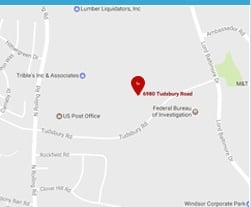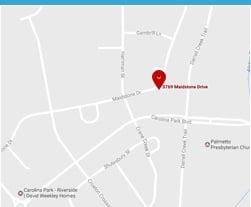Without the help of rigorous testing and assembly compliances, the whole process of PC Board assembly wouldn't be able to endure the life cycle of being a PCB and more than likely would fail much sooner than later. All of those tests aren't just for the sake of testing, they are implemented to make sure that everything is in working order and the board itself can withstand extreme heat, cold, and even weight distribution and tolerances. However, the  tests themselves even need to have perfect ratings--especially when it comes to tolerances, in particular.Tolerances are what the PCB will go through in order to pass all of its testing, making sure it can work properly in certain situations without short circuiting, breaking, or shutting down completely. But most importantly, there are also tolerances during the design phase to make sure that the board is "balanced" when it comes to all of its components and won't suffer from breakage or overload.
tests themselves even need to have perfect ratings--especially when it comes to tolerances, in particular.Tolerances are what the PCB will go through in order to pass all of its testing, making sure it can work properly in certain situations without short circuiting, breaking, or shutting down completely. But most importantly, there are also tolerances during the design phase to make sure that the board is "balanced" when it comes to all of its components and won't suffer from breakage or overload.
Designing The Board
When you're ready to start making blueprints of the next design of your board, you probably already have something in mind when it comes to what it should do, how it needs to be done, and placement of the wiring and other parts for the best use of the surface area. The same thing is happening with the manufacturer during the PC Board assembly, too. What do the designers look for exactly for the perfect tolerance?
-
Thickness of the whole board. It can't be too thick or too thin, but just right.
-
Tolerances of the aspect ratio. During the PC Board assembly, aspect ratio is the thickness of the entire board that is divided by the diameter of any drilled holes in the board.
-
Actual hole size. When drilling holes into the board, even the holes themselves need to have a certain diameter, length, and width.
-
Pad size and annular ring. This is the copper plating and radius of the entire pad, respectively. Both of them can depend on size, since it relies on your specs and the math involved.
-
"Trace and Space," or copper tracing and spacing. There needs to some air gaps between any copper components or features.
These are only a few of the aspects of the PCB design and manufacture and engineers need to account in their tolerances, as it entirely depends on the project itself. When consulting with the manufacturer, all of this will  be brought up and mapped out so that the tolerances can be perfectly balanced and the PCB itself the highest quality.
be brought up and mapped out so that the tolerances can be perfectly balanced and the PCB itself the highest quality.
Assembling The Board
Once everything has been plotted out in the design process, it is time to put everything together and follow the tolerances sheet. Once everything has been designed and assembled, it goes through all of its testing and compliance reports to make sure everything is where it needs to be and won't malfunction or break.
As a note, it is also during this time that tolerances are given extra "clearance" normally when it comes to air gaps, drilling holes, slot width, and the copper features because the machinery sometimes used during the assembly process will need more room to have the best precision. Also, drill bits might "wander" and need the extra room.
This doesn't mean that the board will be of lesser quality, however. It will still be a high quality manufactured product, but these sorts of measurements need to be considered for the best tolerances. All of this can be consulted with your manufacturer about the manufacturing services beforehand, and they can walk you through the entire process so you can know exactly what's happening with your project.




